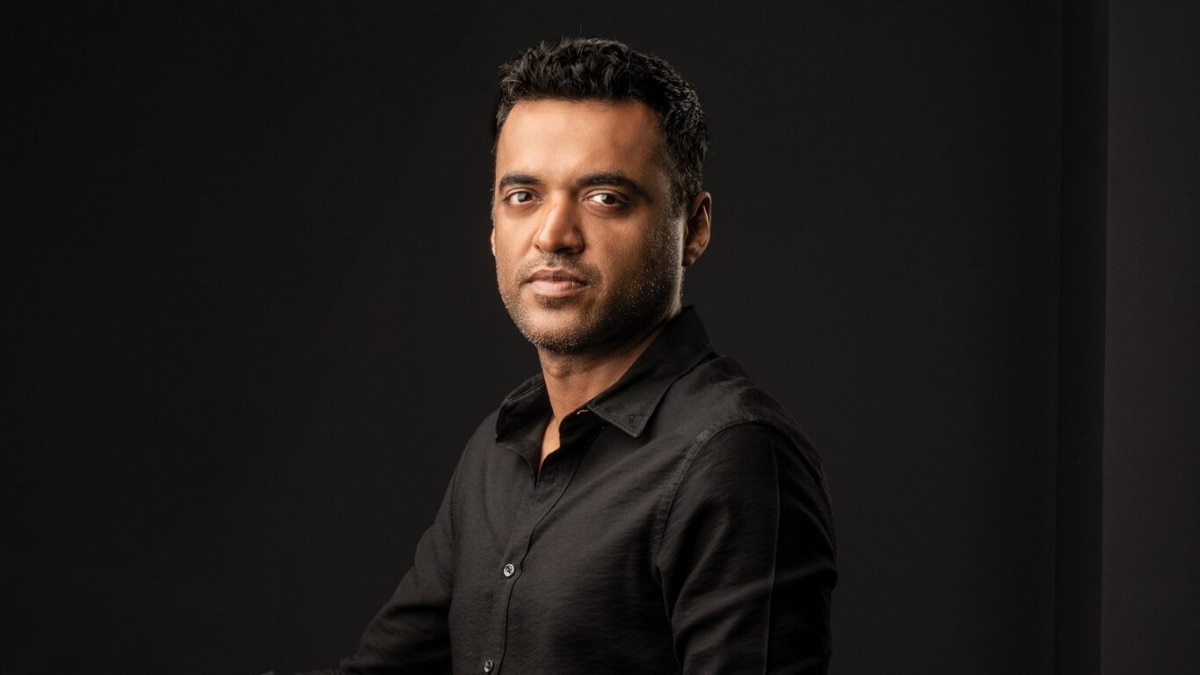By most standards, Deepinder Goyal had already arrived. After scaling Zomato into one of India’s flagship consumer tech platforms, he could have shifted gears—turned investor, incubated startups, or returned to the comfort zone of software.
Instead, Goyal is doing something few would expect: tackling one of India’s most complex and long-standing technological frontiers—the jet engine.
Through LAT Aerospace, co-founded with former Zomato COO Surobhi Das, Goyal is building a fully indigenous gas turbine engine—designed, tested, and built entirely in India.
It’s a leap that aims to move the country away from a deep dependency on foreign propulsion systems, which power most of its civilian and military aircraft.
India’s past efforts to build a jet engine, such as the Kaveri program launched in the 1980s, laid foundational groundwork but faced steep challenges. Among them: insufficient thrust, materials technology gaps, and restricted global access due to post-nuclear-test sanctions. Parallel development of the Tejas fighter added further strain to already complex engineering and testing cycles.
While the Kaveri project did not enter frontline fighter deployment, it delivered significant knowledge in turbine science and has since evolved toward drone and marine applications.
Goyal’s approach through LAT Aerospace is fundamentally different in scope and structure. Rather than target high-thrust fighter engines from day one, LAT is focusing on lightweight, efficient engines tailored for drones, regional aviation, and short takeoff and landing (STOL) aircraft—sectors that demand agility, not brute force.
It’s a bottom-up engineering strategy with long-term defense potential.
Headquartered in Bengaluru, LAT is equipped with advanced labs for turbomachinery, combustion, materials, and thermal systems. Goyal has invested over ₹166.5 crore (~$20 million) of personal capital to build an engineering-first culture.
Teams are empowered to rapidly prototype, test, and iterate with minimal managerial friction. “No chasing slides or meetings,” one team member said. “Just machines, data, and results.”
The timing is apt. The global jet engine market, pegged at $118.7 billion in 2025, is set to grow to $204.8 billion by 2032, with demand soaring across defense, regional aviation, and unmanned aerial systems. Yet, the entire sector is dominated by a handful of non-Indian players—GE, Rolls-Royce, Safran, Pratt & Whitney.
India, despite being the world’s third-largest defense spender and a major aviation market, still imports its jet engines. LAT’s work represents one of the first serious private-sector attempts to build that missing capability.
Meanwhile, Andhra Pradesh is eyeing this shift with interest. The state is making a hard push to become India’s aerospace nucleus—offering land, subsidies, and infrastructure for testing and production. Its ambitions include not only attracting private players like LAT, but also reviving large-scale projects tied to HAL’s LCA, LCH, and AMCA programs. New testing facilities, currently outsourced abroad, are also on its wishlist.
If LAT succeeds, it could trigger a turning point—placing India not just in control of its propulsion systems, but potentially in a position to become a global exporter.






